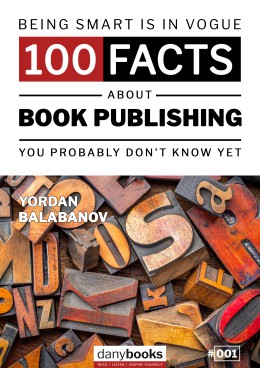In the dynamic world of digital publishing, where visual appeal plays a pivotal role in engaging readers, the choice of image format for ePub books becomes a crucial consideration for authors and publishers alike. Among the array of options, JPEG (Joint Photographic Experts Group) and PNG (Portable Network Graphics) stand out as two primary contenders. But when it comes to optimizing visual quality, file size, and compatibility, which format truly shines? Let's explore the nuances of each format to uncover the optimal choice for enhancing the reading experience in ePub books.
JPG Image Format for EPUB eBook:
JPEG, renowned for its efficient compression algorithm, is often favored for its ability to strike a balance between image quality and file size. Particularly well-suited for photographs and images with smooth color gradients, JPEG compression minimizes storage requirements without significantly compromising visual fidelity. However, it's essential to tread carefully with JPEG's lossy compression, as aggressive compression settings can lead to noticeable image degradation, especially in images containing text or intricate details.
PNG Image Format for EPUB eBooks:
On the other hand, PNG distinguishes itself as a beacon of lossless compression, ensuring that every pixel of the original image is faithfully preserved. This makes PNG the preferred choice for images requiring impeccable clarity, such as diagrams, illustrations, or images with textual overlays. Moreover, PNG's support for transparency enables seamless integration of images with transparent backgrounds, a feature particularly valuable for certain genres like graphic novels or instructional manuals.
JPG vs. PNG Images for EPUB eBooks:
To make an informed decision regarding the best image format for ePub books, consider the following factors:
-
Image Content Analysis: Evaluate the nature of the images to be included in the ePub book. Determine whether the content primarily consists of photographs, illustrations, diagrams, or textual overlays.
-
Quality vs. Compression Requirements: Assess the importance of preserving image quality against the need for efficient compression. While JPEG offers significant compression benefits, PNG ensures unparalleled clarity, especially for images with intricate details or text.
-
Transparency Needs: Determine whether any images require transparent backgrounds. PNG's inherent support for transparency makes it indispensable for certain visual compositions.
-
File Size Optimization: Anticipate the impact of image format selection on the overall size of the ePub file. Strive to strike a balance between visual appeal and efficient file sizes to optimize the reading experience across various devices and platforms.
Conclusion
In conclusion, while both JPEG and PNG have their merits, PNG emerges as the superior choice for ensuring impeccable image quality and versatility in ePub books. By carefully evaluating image content, quality imperatives, transparency requisites, and file size considerations, authors and publishers can make informed decisions to create visually compelling and immersive reading experiences for their audience.
 EN
EN  BG
BG 








